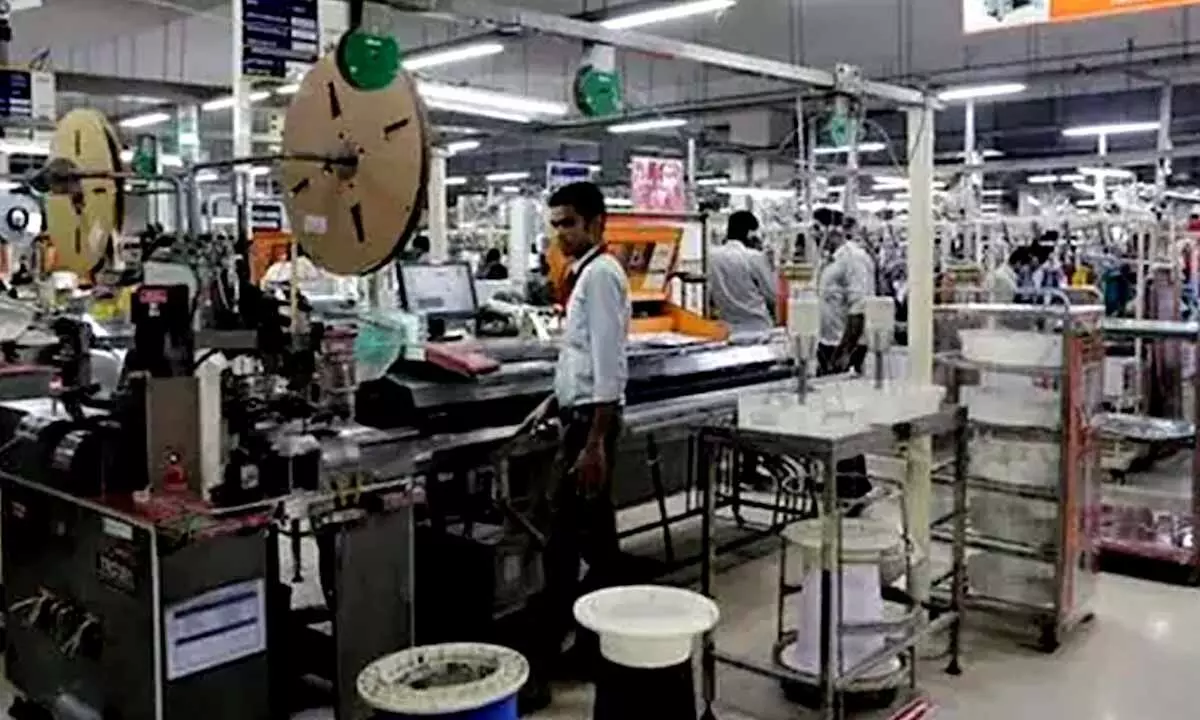Small becomes beautiful for Indian IT industry
Indian IT companies are moving to tier-II cities in droves. As attrition war rages, many companies are following a hub and spoke model. Under this approach, many small centres are being set up that is connected to a nearby big centre, preferably situated in a metro.
image for illustrative purpose

Indian IT companies are moving to tier-II cities in droves. As attrition war rages, many companies are following a hub and spoke model. Under this approach, many small centres are being set up that is connected to a nearby big centre, preferably situated in a metro. Though this is not a new approach, IT companies have been not focusing on this model for quite some years now. However, the Covid pandemic has changed the scenario. After working from home for more than 18 months, many employees are not willing to come back to their offices physically in metro centres. Many junior level employees had left their rented places at metro centres and are not keen to come back to their base centres leaving home towns. Especially, women employees with family are keen to work from small cities than coming back to metro centres.
Against this backdrop, companies are seeing higher number of resignations from employees when they are being asked to resume offices from metro offices- even for few days every week. Such trend is supported by a robust demand for technology talent. Currently, engineers are in high demand as digital adoption across enterprises is moving ahead at a faster pace. Startups, technology centres of global companies and other organisations are hiring techies to enable this digital transformation. Availability of alternatives is prompting employees to opt for those job opportunities that are giving work from home option or nearby centres. No wonder, this has emerged as the main factors for surging attrition numbers which are more than 20 per cent for most large and tier-II IT companies now.
To mitigate the risk and contain attrition numbers, IT companies are moving closer to employees. Tier-II and tier-III cities are best placed for opening small centres which employees are preferring over metro cities. Therefore, all large companies including Tata Consultancy Services, Infosys, Wipro, HCL Technologies, Tech Mahindra among others are opening up centres in small cities. For instance, Infosys recently said that it is now opening up centres in Coimbatore, Vizag, Kolkata and Noida. It already had small centres in Indore and Nagpur. Tier-II and III centres are not the same what they used to be a decade back. These cities have seen high investment in infrastructure developments, making those attractive for investments by the IT sector.
Moreover, initiatives like Digital India and Startup India campaigns, the JAM trinity and Smart Cities Mission have created a very conducive ecosystem for development. The combination of right work-life balance and healthy infrastructure makes these cities very attractive for services sector. The country has already seen developed tier-II centres like Visakhapatnam, Trivandrum, Bhubaneswar, Indore, Jaipur and many more wherein many IT companies are already present. Similarly, an estimate by Zinnov shows that about 976 MNCs have set up 1,257 Global In-house Centres (GICs) in India, out of which 68 GICs are in tier-II locations. Interestingly, opening up small centres is a model being followed by large IT firms in geographies like the US and Europe. As technology removes distance and digital adoption accelerates, small centres of IT companies can ensure growth with stability to Indian IT industry.

